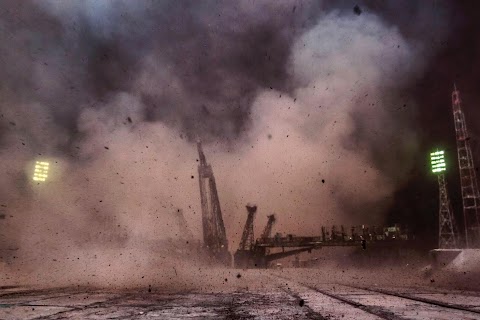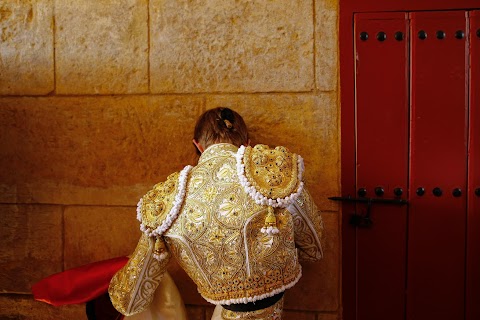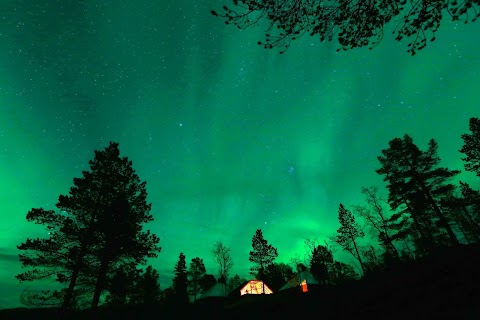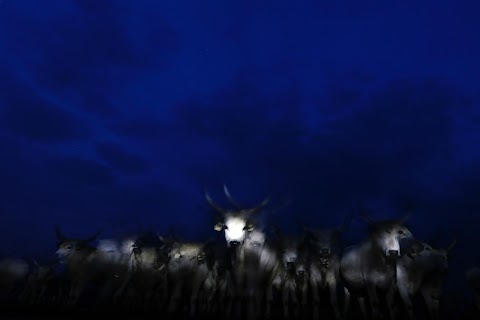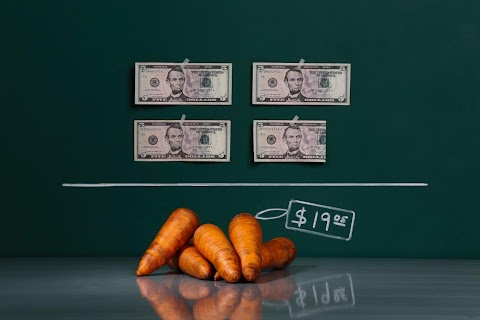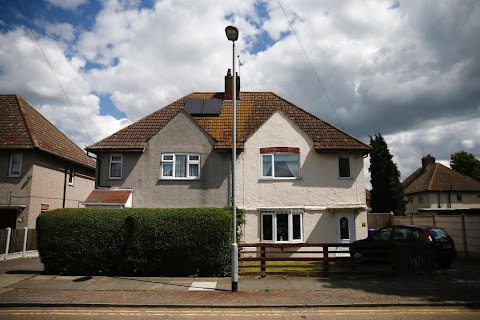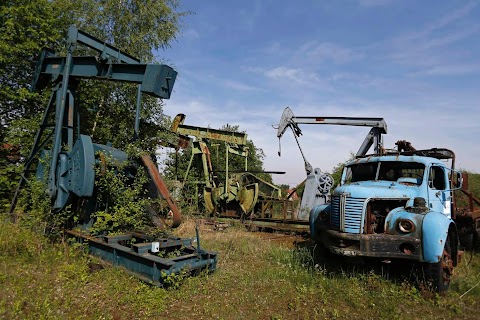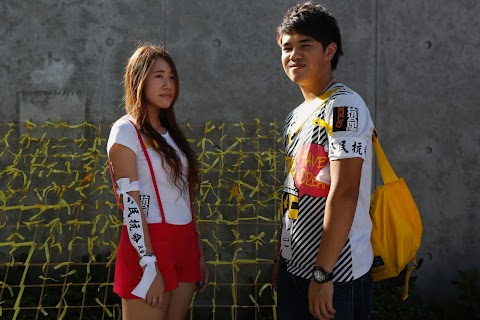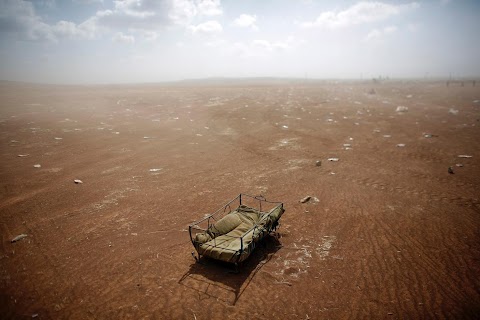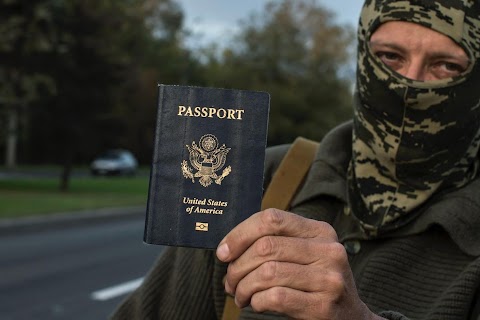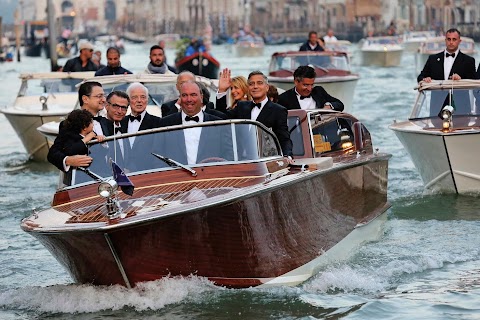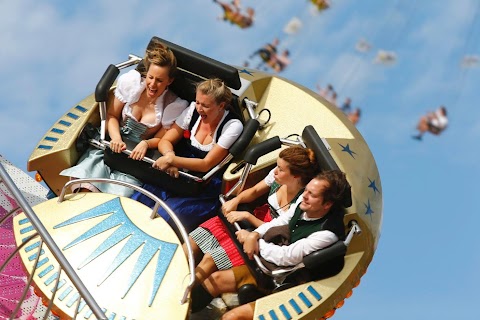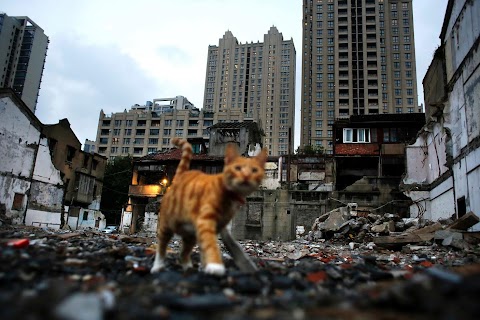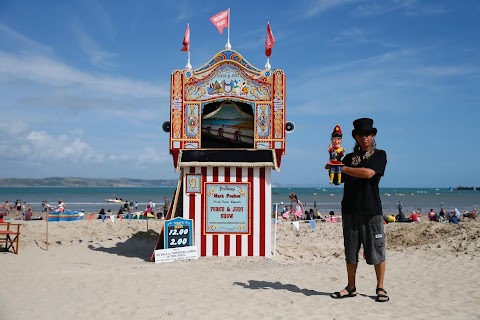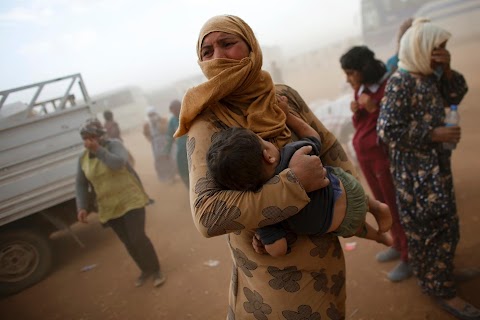
Behind the doors of Rabat
 Damir Sagolj
Damir Sagolj
Behind the walls of the Kasbah of the Udayas, and Rabat’s Medina, a labyrinth of small alleys, colourful buildings and street markets offer a glimpse into city's rich history.
Rabat was recently listed by UNESCO as a World Heritage Site and is widely considered a "must see" destination, but as most tourists head to the more famous cities of Marrakesh and Fez, the ancient neighbourhoods of Morocco's capital remains an oasis of calm.

A woman walks between houses painted in traditional blue and white in the Kasbah of the Udayas.
The Kasbah was built by the Almohad dynasty in 12th century, at the mouth of the Bou Regreg River. Originally a fortress, the site was a strategically important military base as the dynasty expanded into Andulucia. The historic center is now home to about 2000 people.
Slideshow

A woman walks on the rooftop of a building in Rabat's Medina as the walls of Kasbah are seen in the distance.

People walk through Bab el Had gates of Rabat's Medina.

Items are offered for sale at a small flea market.

A man sleeps in front of a closed shop.

A woman is reflected in a mirror as a barber reads the Koran.

A man plays arcade games in an entertainment saloon.

Mint tea is ready to be served in a traditional house in the Kasbah.

A decorated television is seen inside a home.

Stickers of Morocco’s King Mohammed VI decorate a door painted in the national colours.

Men sit on a painted wall behind the Bab el Bahr gates of Rabat's Medina.

Girls look through the window of a house in Kasbah.

A cat rests in a window of a house painted in traditional blue and white.

A man sells goldfish and turtles in Medina.

Peanuts, pumpkin seeds and other snacks are offered on a trolley in Rabat's Medina.
"The only real danger of visiting Morocco is that you might want to stay forever."
Behind heavy, ornate doors on the Rue de Farj, an invisible pressure-cooker whistles. Next comes the smell of food that carries me back to childhood. Two cheerful voices can be heard, both female: one is patronising, the younger almost singing. Over the thick stone wall I can see a mother-in-law teaching a newlywed girl the secrets of her cooking.
Over the next two hours of a cool Sunday morning, I stood before and photographed 55 similar and equally mesmerising doors. By noon, I was in love with Rabat’s Medina.
UNESCO made Rabat a World Heritage Site two years ago. The media and tour operators call it a "must-see destination." But it seems the tourist hordes have yet to find out. While tourists are getting squeezed and grilled in the madness of Marakesh and Fez, the old part of Rabat - its beautiful Medina and Kasbah of the Udayas - remain an almost unspoiled oasis of calm. Smaller and more compact, its labyrinths of streets, passages and dead ends are a treasure trove of shapes and colours, of moments begging to be photographed.
The view of Medina from its south side, just under the magnificent kasbah and across the river from Sale, is spectacular. This is where I suggest you start exploring. From the rooftop of the beautiful Hotel Udayas, built in 1918 but now being masterfully refurbished into a luxury accommodation, the view unfolds over a fort and river. What you’ll see from here offers a peek into a history full of reversals of fortune, peace accords and rivalry among neighbourhoods. What is today the ancient part of Morocco’s capital city was once three separate entities competing and sometimes fighting for primacy.
From the south, the main street that leads to the sights and sounds and aromas of the old city is the Rue des Consuls - a slightly wider alley full of shops and founduks (courtyards), with more shops and traditional workshops inside.
Shopping on the Rue des Consuls is a pleasant experience, but talking to local traders in a street with such a great history of doing business with foreigners is the must. This was a hotspot for the 17th-century Barbary slave trade. That’s what made it so important in the first place.
Rue de Consuls is where white slaves were sold. Diplomats from overseas, lacking better options, were dispatched with money collected by local communities to buy their people back. According to the narrated history, one French diplomat was so good at buying back slaves back that the local rulers expelled him for ruining their business.
All foreign diplomats were later asked to live in one street, and that is how the Rue des Consuls got its name. Powerful merchant families now occupy their quarters. But I am convinced the beautiful carpets and other oriental products on sale here are just a facade; the real power must lie somewhere else. The tough faces and body language of people I photograph hint at something more profitable, possibly dangerous, than pulling tourists aside and selling them a carpet or two for double price.
Maybe it's the history, but the general attitude of business people here seems very different from places like it. There isn't much pestering. There are very few “mister, good price for you” attacks. It's a very welcome surprise - a surprise that actually made me buy things I would normally ignore, such as four pairs of leather slippers in colours that don’t match anything else I own.
A legend - probably just another sweet lie told over even sweeter tea by a pencil-moustached local vendor who introduced himself as a great lover of Medina - suggests that if you listen carefully voices from long-gone cabarets still echo through the alleys. This is where the money from piracy was once spent. The old town was a place for business but also for pleasure.
In an alley I hoped would lead from the consuls' street to my accommodation, all I heard was the sound of pinball machines. If I were religious, that is how my call for prayer would sound, and I would waste no time in entering this house of worship. Inside, the real spectacle: machines from the Eighties, Gottlieb’s Buck Rogers and other pinball legends lined by the wall; video games in the corners. I’m grateful to all the gods that made me take another wrong turn in the labyrinths of Medina. I was a lost but happy man.
Outside the darkness of this gaming shrine, boys chased a real ball. Naturally, all of them wore shirts bearing the names of super-stars - mostly Arab or Muslim players from big foreign teams. Other than Cristiano Ronaldo who is obviously above everything, I mostly see Benzema (actually, many small Benzemas), Ribery, a few Ozils and at least one curly Fellaini.
Besides shopping, chasing history's ghosts and playing football with future stars, the real must in Rabat’s ancient quarter is to eat, eat and eat. The only advice here is do not, under any circumstances or imperatives of the world you are coming from, limit yourself to three miserable meals a day. Calories please forget - it’s a sin by any religion or ideology known to humans to suppress the organic need of trying every single one of the numerous delicacies served in Medina.
Even a vegetarian will not know what to choose from a menu full of specialities made of zucchinis, eggplants, olives, artichokes and spiced potatoes. However, my favourite remains sheep’s head offered at one of the small restaurants between the Grand mosque and Bab Chellah gates. It’s cheeks, tongue and, above all, brains are briefly fried and served with onion. Its melting taste produces a dangerous chemistry that communicates directly with hidden parts of human mind; its simply divine. Bypassing all prejudices and possible complaints about questionable hygiene of the surroundings, a sheep's head will forever change your perspective of fast food.
But slow food is the real treat. The speciality of one restaurant, perhaps jokingly named Petit Beurre, is lamb legs. If a sheep was a centipede it would still not have enough legs for a Bosnian - that’s how much we love it. But - let me tell you - this is something different. This meat, served with boiled vegetables and sauce, melts on the tongue. I asked the chef the age of what we just ate and he said, with no sign of shame, that it was younger than nine months. It might actually be illegal in some countries to eat a mammal so young. But hey! We are in Morocco, so no complaining.
In my five short days in Rabat I felt I discovered only a tiny part of the whole spectacle. I barely saw the ocean and its beautiful beaches. I didn't walk the wide boulevards of new Rabat, which are decorated with art deco buildings. I didn't venture inland where, I'm told, the real magic starts.
If you plan the trip to Rabat or Morocco, make it at least three to six months long. And hurry up before seriously addictive 25-cent mint tea, nicknamed Moroccan whiskey, gives away to ten-dollar coffee; before fried brains are replaced on the menu by a deep-fried something that even the animal I just ate, wouldn’t eat.
As I am driven to Casablanca airport in an ancient white Mercedes 200D taxi, it strikes me the only real danger of visiting Morocco is that you might want to stay forever. No matter how short or long you stay, make sure you come with a hunger for everything that is hidden behind the doors of Medina. And bring lots of memory cards - your camera will be hungry, too.

A combination picture shows some of Rabat’s colourful doors.
